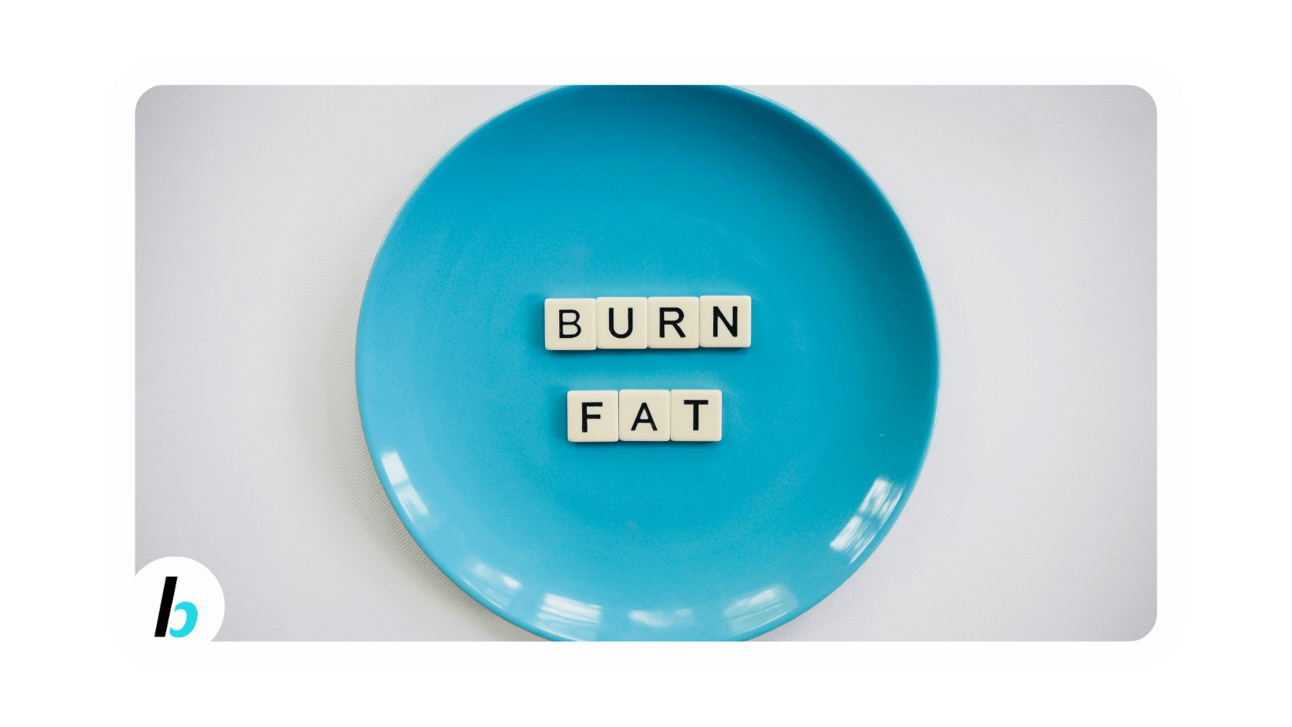Hey fitness nerds!
Everyone always talks about counting calories.
To simplify weight loss into one basic equation:
Weight loss = calories in < calories out
And the good thing is that you can control both of the variables.
You can increase the ‘calories out’ parameter with more exercise and cardio OR
Decrease the ‘calories in’ parameter by eating less.
Eating less has a larger impact than exercise as you can fine-tune it more. It is much easier to eat 1,000 calories less a day compared to doing 2 more hours of cardio each day.
So in today’s newsletter, we will focus on how to know how many calories you should eat to lose weight.
Read 🔽 below
Fitness and health enthusiasts - We just launched our webapp!
Check out busybody.io - an AI-powered fitness app. We are looking for feedback (The app will be FREE to use and we will make sure you are rewarded for helping us out at the beginning).
We want to find 100 champions of our software that will test it out before we launch our final product.
Click this button if you are interested!
🔢
IN LESS THAN 10 MINUTES WE WILL COVER:
Weekly Insights:
How to calculate calorie intake to lose weight?
Article of The Week: Daily weighing improves weight loss
Tips of the Week
Healthy Frappuccino Recipe
How to calculate calorie intake to lose weight?

Now let’s define a few terms:
BMR (Basal Metabolic Rate) = the number of calories that your body needs to perform basic life-sustaining functions such as breathing, circulation, cellular production, nutrient processing, and temperature regulation.
TDEE (Total Daily Energy Expenditure) = the total amount of calories that a person burns in a day. TDEE = BMR + calories from physical activity (including exercise and routine activities like walking, typing, and cleaning) + the thermic effect of food, which is the energy used for digestion, absorption, and metabolization of food.
One way is to try and eat 2500 calories a day for two weeks and see if you lose weight.
If you lose more than 1kg increase the calories slightly (the more aggressive the fat loss the quicker our bodies adapt to caloric deficit). And you want to have that buffer to lower calories after weeks of dieting.
The ideal spot is losing 0.5 kg a week. Adjusting after a week is premature though because there are natural fluctuations in weight that can happen.
The second way is to use a calculator that takes into consideration your body measurements to roughly estimate your calorie expenditure.
Now that you have your TDEE you can calculate how long you will be dieting.
3500 calorie deficit a week means 0.5 kg weight loss, hence 500 daily deficit times 7 days a week means 0.5kg weight loss a week.
This is a recommended weight loss rate.
Based on that, your diet calorie intake = TDEE - 500 kcal
That is the ideal rate. If you want to be more aggressive you can use that formula to calculate desired weight loss.
Not recommended, but if you want to lose 1kg a week it would mean a 7000 calorie deficit a week. Divided by 7 days. That means a 1000-calorie deficit daily.
Be responsible with your weight loss rate. Slower is better here as the body adapts slower.
If I forgot anything or if you have any other questions DM me on Twitter and I will gladly answer. Twitter

Overwhelmed by all the information? BusyBody helps you create meal plans, exercise routines, and supplement stack tailored to you and your lifestyle with help from your personalized AI health coach.
Go to busybody.io and enter your email to be able to participate in our exclusive, free beta phase.
A Mobile App with an AI Calorie estimator (from a single picture) is coming soon…
Article of the Week
Daily weighing improves weight loss
What is it About?

51% of participants in the study weighed themselves every day over the 6-month intervention period.
Participants who weighed themselves daily lost significantly more weight compared to those who weighed less than daily (mean difference of 6.1 kg).
There were no differences between the groups in dietary strategies, caloric intake, or caloric expenditure.
Fascinating Fact:
The concept of dieting is not a modern invention! Even in ancient Greece and throughout medieval Europe, there were specific dietary recommendations and practices designed to maintain or reduce weight.
3 Tips on how to feel full when dieting
I am always hungry while dieting.
Over the years I found these tricks that help me feel fuller when I’m feeling particularly hungry.
Eat protein every single meal
Protein is known for its ability to increase feelings of fullness.
It can help reduce the hunger hormone ghrelin and boost several satiety hormones.
Include a good source of protein, like lean meat, fish, tofu, or beans, in every meal to help sustain fullness.Eat foods high in fibre
Foods high in fibre, such as vegetables, fruits, legumes, and whole grains, can help you feel fuller longer.
Fibre slows down digestion and increases the volume of food in your stomach, both of which can lead to a feeling of satiety.Eating habits
Eat slowly and drink a lot of water while eating.
It takes about 20 minutes for your brain to register that you're full.
By eating slowly, you give your body time to catch up to your brain, helping you realize that you are full and reducing the risk of overeating.
Make sure to not give into the cravings!
This Week’s Recipe
Vote below to choose the diet for next week’s recipe

Healthy Frappuccino Recipe (makes 2 servings)
It is hard to find a healthy drink.
majority of calories we drink are full of artificial sugars and carbs
This recipe is refreshing and low in calories.
This recipe was created in 2 minutes with the BusyBody App. Click the button for free access to the app.
Macros per serving
Total Calories: 150 kcal
Protein: 4 g
Carbohydrates: 28 g
Sugars: 20 g (natural sugars from dates)
Fat: 3 g
The Ingredients
For the crust:
1 cup brewed coffee, cooled (240ml)
1 cup unsweetened almond milk (240ml)
4 dates, pitted and chopped (for natural sweetness)
1 tablespoon unsweetened cocoa powder
1/2 teaspoon vanilla extract
1 cup ice cubes (about 120-150g)
Optional: whipped coconut cream for topping
Optional: a pinch of cinnamon or nutmeg for extra flavor
The Instructions
Prepare Coffee:
Brew your coffee stronger than usual as it will be diluted with ice and almond milk. Allow it to cool to room temperature or chill it in the refrigerator.
Blend Ingredients:
In a blender, combine the cooled coffee, unsweetened almond milk, chopped dates, unsweetened cocoa powder, and vanilla extract. Blend on high speed until the mixture is smooth and the dates are fully incorporated.
Add Ice:
Add the ice cubes to the blender and pulse until the ice is finely crushed and the mixture is thick and frosty, similar to a traditional frappuccino.
Serve:
Pour the frappuccino into two glasses. If desired, top each glass with a dollop of whipped coconut cream and a sprinkle of cinnamon or nutmeg for added flavor.
Enjoy Immediately:
Serve immediately for the best texture and consistency, as the ice will begin to melt if left to sit.
Enjoy your healthy summer drink!
Vote for the next week’s Recipe by clicking the button below
What do you think about this week’s newsletter?
Reply to this email, and let us know how we can improve and if there are any topics you would like us to cover.